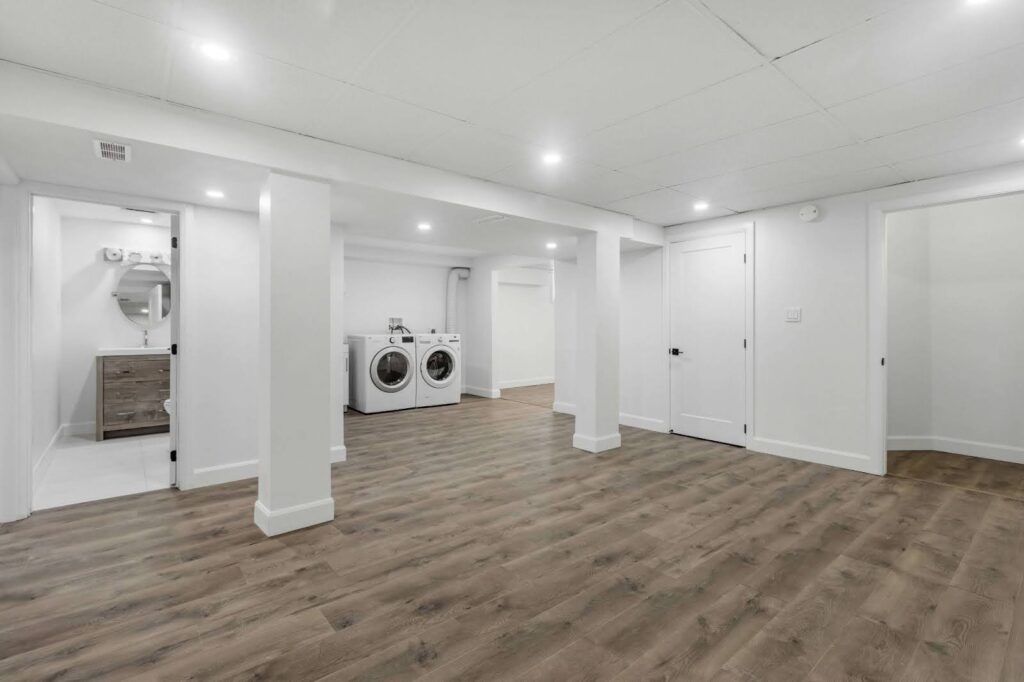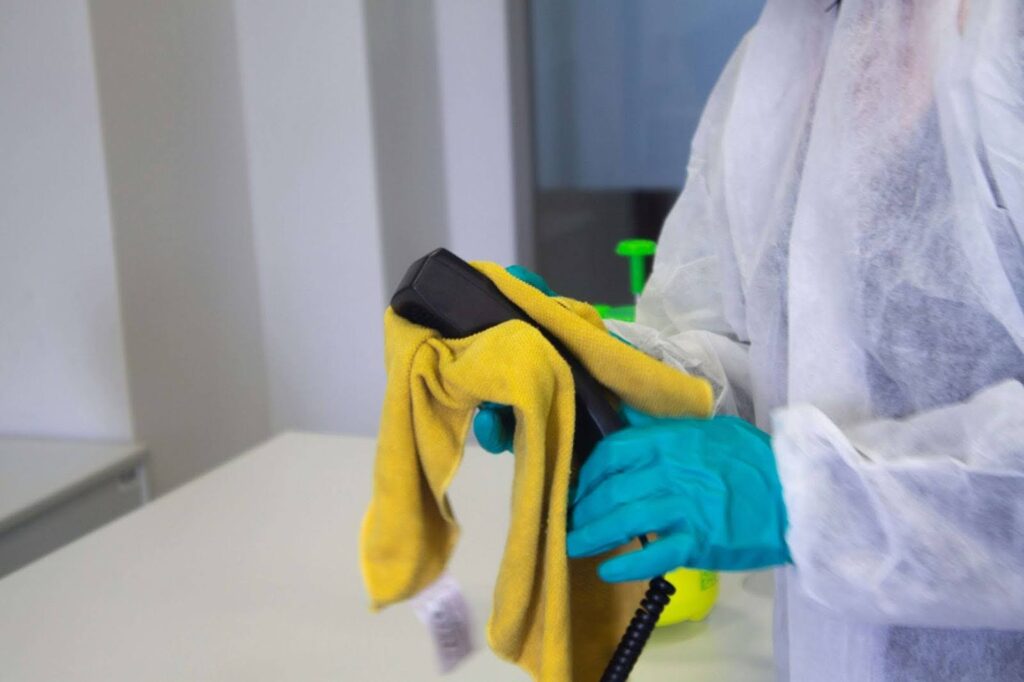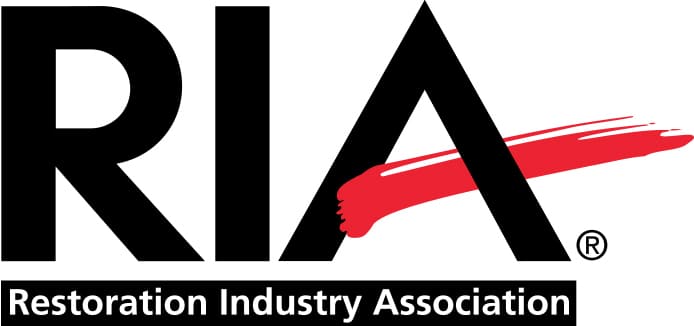

Flooding can cause significant damage to your home, especially the basement. It is also often the most vulnerable area. Properly cleaning your basement after a flood is crucial to prevent mold, structural damage, and health risks.
This comprehensive guide will walk you through the steps to clean your basement, the tools and products you will need, when to call a professional, and when your insurance might cover flood-related water damage.
How To Clean Your Basement After Flooding

Ensure Safety First
Before entering the flooded basement, ensure it is safe. Turn off the electricity to the basement to avoid the risk of electrocution. You can also contact an electrician if you are unsure as to how to turn the power to the basement off. Additionally, wear protective clothing such as rubber boots, gloves, and a mask. This so as to protect yourself from any contaminants and hazardous materials.
Ventilate the Area
Open windows and doors to ventilate the basement. Good ventilation helps to reduce humidity levels. Furthermore, it removes any harmful fumes that may have accumulated during the flood.
Remove Standing Water and Important Items
If there is a significant amount of standing water, use a sump pump or a wet/dry vacuum to remove it. A sump pump is more effective for larger volumes of water, while you can use a wet/dry vacuum for smaller areas. Be sure to regularly empty the vacuum to avoid overflow.
For small amounts of water, use absorbent materials such as old towels, mops, and sponges to soak it up. Dispose of these items properly after use, as they are contaminated.
Furthermore, look out for important items that the flood has not damaged. And move them to a clean and dry area.
Clean and Disinfect
Start by removing any debris and mud that the floodwaters may have brought in. Use shovels and heavy-duty trash bags to clear out the larger pieces of debris. Smaller debris can be swept up with a broom.
Once you have removed the debris, clean all surfaces thoroughly. Use a mixture of water and a mild detergent to scrub walls, floors, and any other surfaces. Pay extra attention to corners and hard-to-reach areas where dirt and bacteria can accumulate.
After cleaning, disinfect all surfaces to kill any remaining bacteria and mold spores. You can make a common disinfectant solution by mixing 5 tablespoons of bleach per gallon of room temperature water. Also, you can apply the solution using a mop, sponge, or spray bottle. Allow the disinfectant to sit for at least 10 minutes before rinsing it off with clean water.
Dry the Basement
To dry the basement completely, use dehumidifiers and fans. Dehumidifiers help to reduce the moisture level in the air, while fans increase air circulation. This combination speeds up the drying process and helps to prevent mold growth.
You should also remove any wet materials such as carpets, rugs, and furniture. These items can hold moisture and contribute to mold growth. You may have to dispose of them if you cannot thoroughly dry and disinfect them.
Address Mold Issues
Inspect the basement for any signs of mold growth. Mold can appear as black, green, or white patches on surfaces and often has a musty odor. Also, check behind walls, under flooring, and in other hidden areas.
If you find mold, clean it immediately. Use a mixture of bleach and water or a commercial mold cleaner. Scrub the moldy areas with a brush and allow the solution to sit for at least 10 minutes before rinsing. Always wear protective gear when dealing with mold to avoid inhaling spores.
To prevent future mold growth, keep the basement dry. Use a dehumidifier regularly, fix any leaks, and ensure proper ventilation.
When to Call a Professional

Extensive Damage
If the flood has caused extensive damage, it may be best to call a professional restoration service. They have the expertise and equipment to handle severe flooding. They also ensure that your basement is properly cleaned and restored.
Persistent Mold Issues
If you have a severe and recurring mold problem, it’s essential to call a mold remediation specialist. Persistent mold can pose significant health risks. You will also require specialized treatment.
Structural Damage
If the flood has caused structural damage to your basement, such as cracks in the foundation or compromised support beams, contact a professional contractor. You must address structural damage promptly to maintain the safety and integrity of your home.
Contaminated Water
If the floodwater is contaminated with sewage or other hazardous materials, it’s crucial to call a professional. They have the necessary equipment and protective gear to safely clean and disinfect the area.
When Will Insurance Cover Water Damage from Flooding?
It is crucial to understand when your insurance will cover water damage due to floods. This is because standard homeowners insurance policies do not cover flood damage. Flood coverage is typically excluded and you have to purchase it separately. Flood insurance policies are available through the National Flood Insurance Program (NFIP) and a few private insurers. These policies cover the structure of your home and, in some cases, personal belongings.
When you purchase flood insurance, it generally covers damage due to natural events. Examples are heavy rainfall, storm surges, and overflowing rivers. It also covers damage from mudflows, which are rivers of liquid and flowing mud on the surfaces of normally dry land areas. However, it will not cover damage from internal water sources, such as burst pipes or leaks. Standard homeowners insurance typically covers those. Flood insurance also does not cover damage due to neglect or poor maintenance.
How To File a Flood Insurance Claim
Get Professional Help
Once you handle the flood, get a public adjuster to take care of the insurance claim for you. They will file the claim and maximize your settlement. In some cases, they may also handle the restoration process.
Detailed Documentation
Document the damage thoroughly. Take clear photos and videos from different angles. Include detailed descriptions of the damage and its potential impact on your home.
Temporary Repairs
Make any necessary temporary repairs to prevent further damage. Keep receipts and records of any expenses incurred. Your insurer may reimburse you for your out-of-pocket payments.
Complete Claim Form
Fill out the claim form provided by your insurer accurately and completely. Provide all requested information and attach supporting documentation such as evidence and receipts.
Professional Inspection
Hire a licensed contractor to inspect the damage and provide a detailed report. This report should include an assessment of the damage, necessary repairs, and estimated costs. Furthermore, you can share the report with your insurer during negotiations.
Submit Estimates
Submit multiple estimates from reputable contractors with your claim. This helps provide a realistic view of the repair or replacement costs. You can also use these estimates to negotiate with your insurer.
Follow Up
Stay in regular contact with your insurance adjuster. Follow up on your claim’s progress and provide any additional information promptly.
Prepare for Inspection
Your insurer will likely send an adjuster to inspect the damage. Be present during the inspection to answer questions. You should also provide any additional information.
Negotiate if Needed
You can negotiate if the initial offer is insufficient. Use the evidence and estimates you’ve gathered to support your case. Additionally, you can employ a third-party to negotiate for you.
Review the Settlement Offer
Carefully review the settlement offer. If you disagree with the assessment, explain your reasons and provide supporting evidence.
Prompt Reporting
Report the flood damage to your insurer as soon as possible. Delays can complicate the claims process and lead to further damage. Therefore, you should start your claims process on time.
Conclusion
Cleaning your basement after a flood involves careful planning and using the right tools and products. You should also have a clear understanding of your insurance coverage. By following these steps, you can effectively clean and disinfect your basement. Furthermore, these steps make it easier to navigate the insurance claims process. Remember, safety is paramount, and knowing when to call a professional can prevent further damage and health risks. Proper preparation and documentation will also help ensure that your insurance claim is successful. Thus, you will get the financial support you need to restore your home.
Need help filing a flood insurance claim? Let On-Site Adjusting provide you with a seamless claims process. We also provide a free consultation for first-timers. Contact us today to get started.












